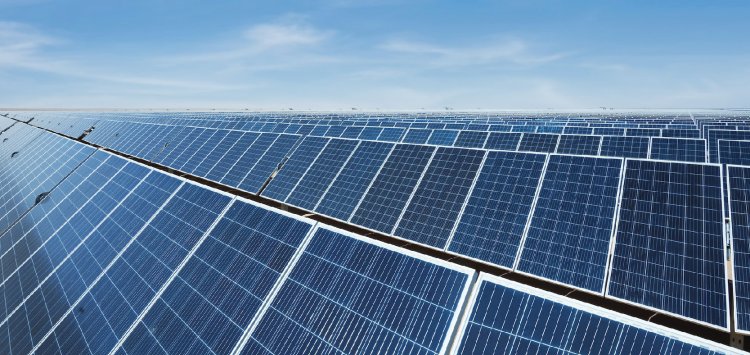Understanding Solar Photovoltaic (PV) Power Generation: A Comprehensive Guide
In recent years, solar photovoltaic (PV) power generation has emerged as a crucial player in the global energy landscape.
Share this Post to earn Money ( Upto ₹100 per 1000 Views )

In recent years, solar photovoltaic (PV) power generation has emerged as a crucial player in the global energy landscape. As concerns over climate change and fossil fuel depletion mount, the need for renewable energy sources has become increasingly apparent. Among these, solar PV stands out as one of the most promising technologies due to its abundance, scalability, and declining costs. In this article, we delve into the intricacies of solar PV systems, exploring their components, configurations, and applications.
Components of Solar Photovoltaic Systems
Solar Panels
At the heart of every solar PV system are the solar panels, also known as PV modules. These panels comprise interconnected solar cells, usually made of silicon, which convert sunlight directly into electricity through the photovoltaic effect. Solar panels come in various shapes and sizes but are typically mounted in rigid frames for stability. They are rated based on their power output in watts under standard test conditions.
PV Inverters
PV inverters play a critical role in solar PV systems by converting the direct current (DC) electricity generated by the solar panels into alternating current (AC) electricity, which is compatible with the electrical grid and most household appliances. There are different types of PV inverters, including microinverters, string inverters, and power optimizers, each with its advantages and applications.
PV Combiner Boxes
PV combiner boxes are used in larger PV systems to consolidate the outputs of multiple strings of solar panels into a single feed that connects to the inverter. These boxes may include overcurrent protection, surge protection, and pre-wired connectors for ease of installation. While not essential for every PV system, they are beneficial for managing complex installations efficiently.
Configurations of Solar PV Systems
Grid-Connected PV Systems
Grid-connected PV systems are the most prevalent configuration, where solar panels are connected to the utility grid. These systems allow homeowners to offset their electricity consumption with solar generated power and, in some cases, even sell excess electricity back to the grid through net metering arrangements.
Off-Grid PV Systems
Off-grid PV systems operate independently of the utility grid and are typically used in remote locations or areas with unreliable grid access. These systems rely on battery storage to store excess energy generated during the day for use at night or during periods of low sunlight. While off-grid systems offer energy independence, they require careful sizing and management of battery storage to ensure reliable power supply.
Solar Array Construction and Mounting
The construction and mounting of solar arrays are crucial for optimizing energy production. Solar arrays can be mounted on roofs, as freestanding structures, or with directional tracking systems that follow the sun's path throughout the day. Each mounting option has its advantages and considerations regarding space, maintenance, and performance.
Conclusion
Solar photovoltaic power generation holds immense potential as a clean, renewable energy source capable of meeting a significant portion of global electricity demand. Understanding the components, configurations, and considerations involved in solar PV modules is essential for harnessing this potential effectively. As technology advances and costs continue to decline, solar PV is poised to play an increasingly prominent role in shaping the future of energy generation and sustainability.









